An Idiot's Guide To The Honda NSX: History And Generations
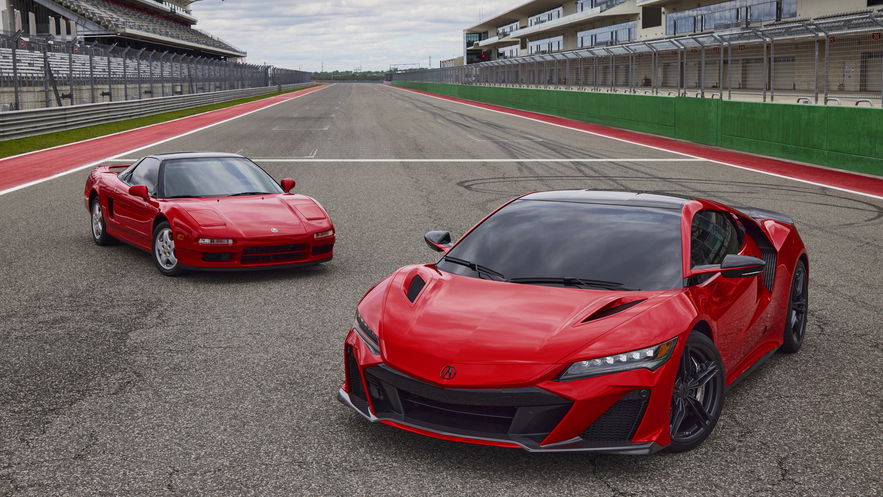
Picture this for a moment. We're back to the late 1980s, and if you're keen on treating yourself to a nice new supercar. Well then, you’re looking at the likes of Ferrari, Lamborghini, or Porsche.
However, the time comes for the 1989 Chicago Motor Show, and there's a new supercar from… Honda? The dependable family car manufacturer had decided to shoot for the stars. Sure, it had built up a decent performance reputation in Formula 1, and had dabbled with the idea of a sports car in the early ‘80s with the lightweight HP-X concept. But it had put nothing into production like this before. The Honda NSX had arrived, and it would soon stamp its name into automotive history – any car that forms the sole benchmark for the McLaren F1 deserves to be celebrated.
The backstory
In the 1980s, Honda was experimenting. It had teams of engineers whose job was to fiddle about with new ideas to see what might work as a production model. One of the projects had involved moving away from Honda’s stock in trade, which was front-wheel-drive, front-engined cars. The engineers bunged an engine in the back of a first-gen Honda City hatchback, driving the rear wheels, and were pleasantly surprised to find that it was a hoot to drive around.
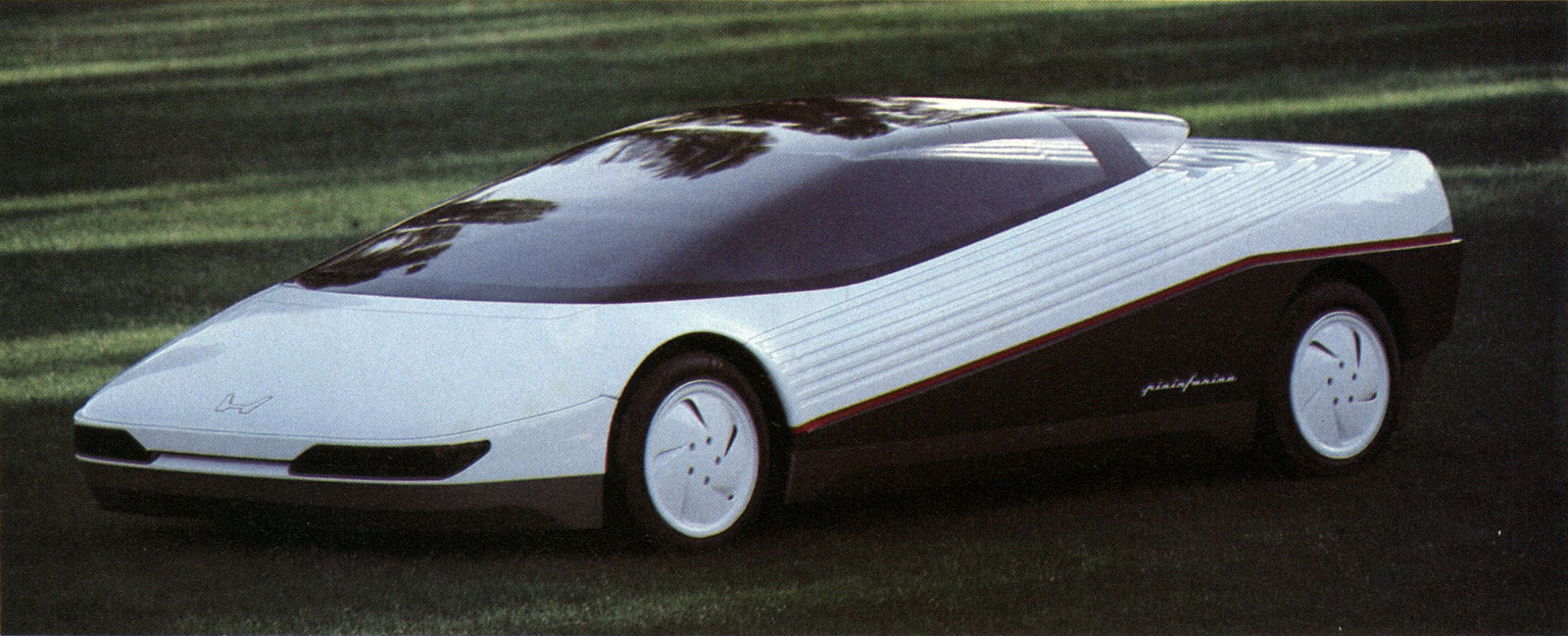
That particular project was shelved (shame, as it might have preempted the Renault Clio V6 by a couple of decades), but the concept became lodged in the engineers minds. Meanwhile, Honda had been working with Italian styling legends Pininfarina on a few ideas, most notably 1984’s HP-X concept, This was a doorless, composite two-seater inspired by ground-effect aerodynamics, which were quite the thing in Formula 1 – a sport Honda had recently returned to after years away, and was having some success in with the Williams team.
All these ideas coalesced when Honda decided to try making a sports car. The R&D department was buzzing at the possibility, which had been discussed at board level for some time before the go-ahead was given in autumn 1985.
Honda NSX (1990)
The brief for the new Honda sports car was an ambitious one, particularly considering the company had basically no experience making such vehicles. Honda wasn’t benchmarking its traditional manufacturer rivals, it was going straight for the best – this new rear-wheel-drive, mid-engined car needed to match or beat Ferrari’s V8-powered 328 GTB and 348 TB. But it had to use a V6. And be more reliable.
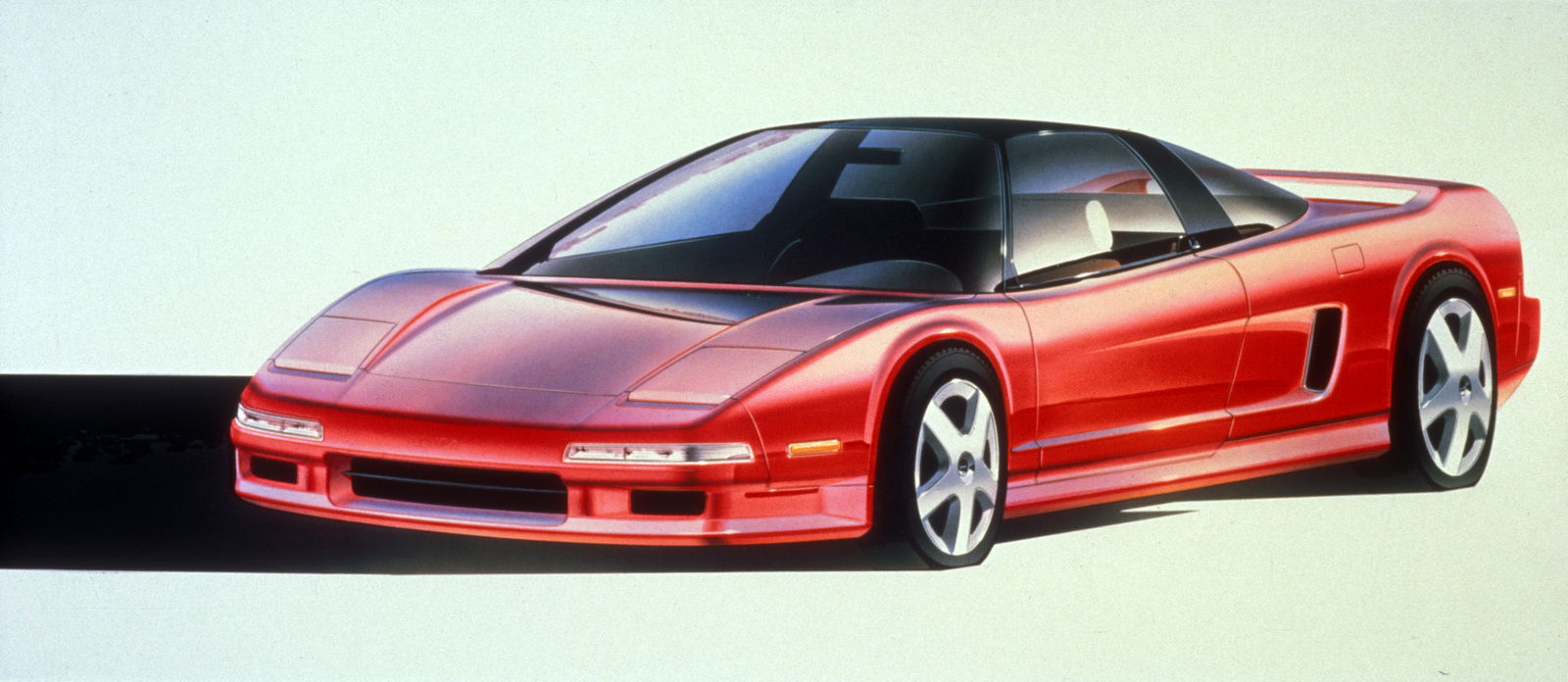
Targets were set for power-to-weight, kerb weight and horsepower, as well as a top speed – 168mph. But the performance aims had to be matched by everyday comfort, safety and reliability. Benchmarked cars were as varied as the Audi Quattro, Porsche 911, Fiat X1/9 and the Peugeot 205 GTi.
The project was codenamed New Sports Experimental. Its composition matched the rest of the car – it was to be the first production car to be made almost entirely from aluminium, saving hundreds of kilograms compared to traditional steel. It was also considerably stronger than rivals of the time. Other state-of-the-art features included a four-channel anti-lock braking system and electric power steering to save weight. The wheels were forged billet aluminium and the tyres were bespoke from Yokohama. Pininfarina returned to pen the looks, which were inspired by racing boats and the wraparound canopy of an F16 Fighting Falcon jet fighter, giving superb visibility.
Wearing North America’s Acura badge, the new bright-red NS-X Concept made it to the Drake Hotel for the 1989 Chicago Auto Show. According to a story from the time, the president of Honda – Tadashi Kume – slipped behind the wheel of the car the night before its debut, turned on the engine and revved it. Right in the middle of Ford’s press conference next door. It turned out to be a shrewd move and grabbed the attention of the assembled media, but that hadn’t been the plan – Kume wanted to know if the concept’s engine used Honda’s latest VTEC technology. (It didn’t, but that was soon remedied.)
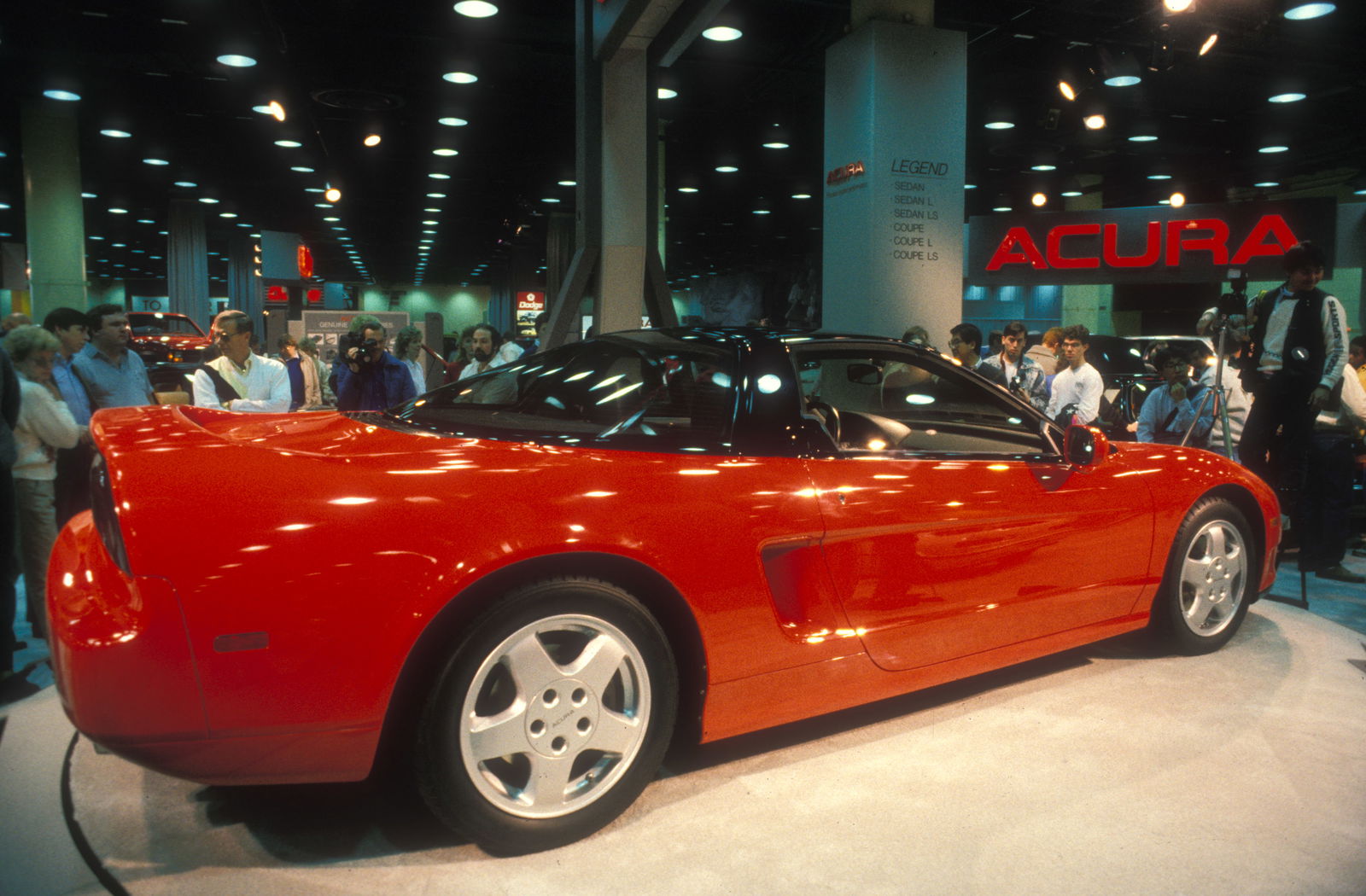
The Chicago show car was a prototype, and more tweaks were made before production started a year later. In the later stages of dynamic development, one Ayrton Senna was drafted in to give his feedback. Exactly how much input he had is up for debate, but either way it was a shrewd move – the involvement of the man many consider the greatest racer ever is now one of the first things associated with the early days of the car. Senna’s overriding feedback was that the car felt somewhat fragile, so to solve the issue Honda headed to the Nurburgring for extensive testing and optimisation.
Incidentally, Senna wasn’t the only F1 driver called in to feed back on the NSX – Lotus driver Satoru Nakajima also pedalled the development car, thanks to Lotus’s Honda engine deal. American racer Bobby Rahal was also involved.
Once the design was signed off, the cars were built in Honda’s newly constructed Tochigi facility by 200 of the company’s most skilled and experienced personnel, each handpicked and with at least 10 years at Honda behind them. The final cars had a brand-new 276hp 3.0-litre aluminium V6 with a five-speed manual gearbox and redlined at 8000rpm, while the automatic models topped out at 252bhp and 7500rpm.
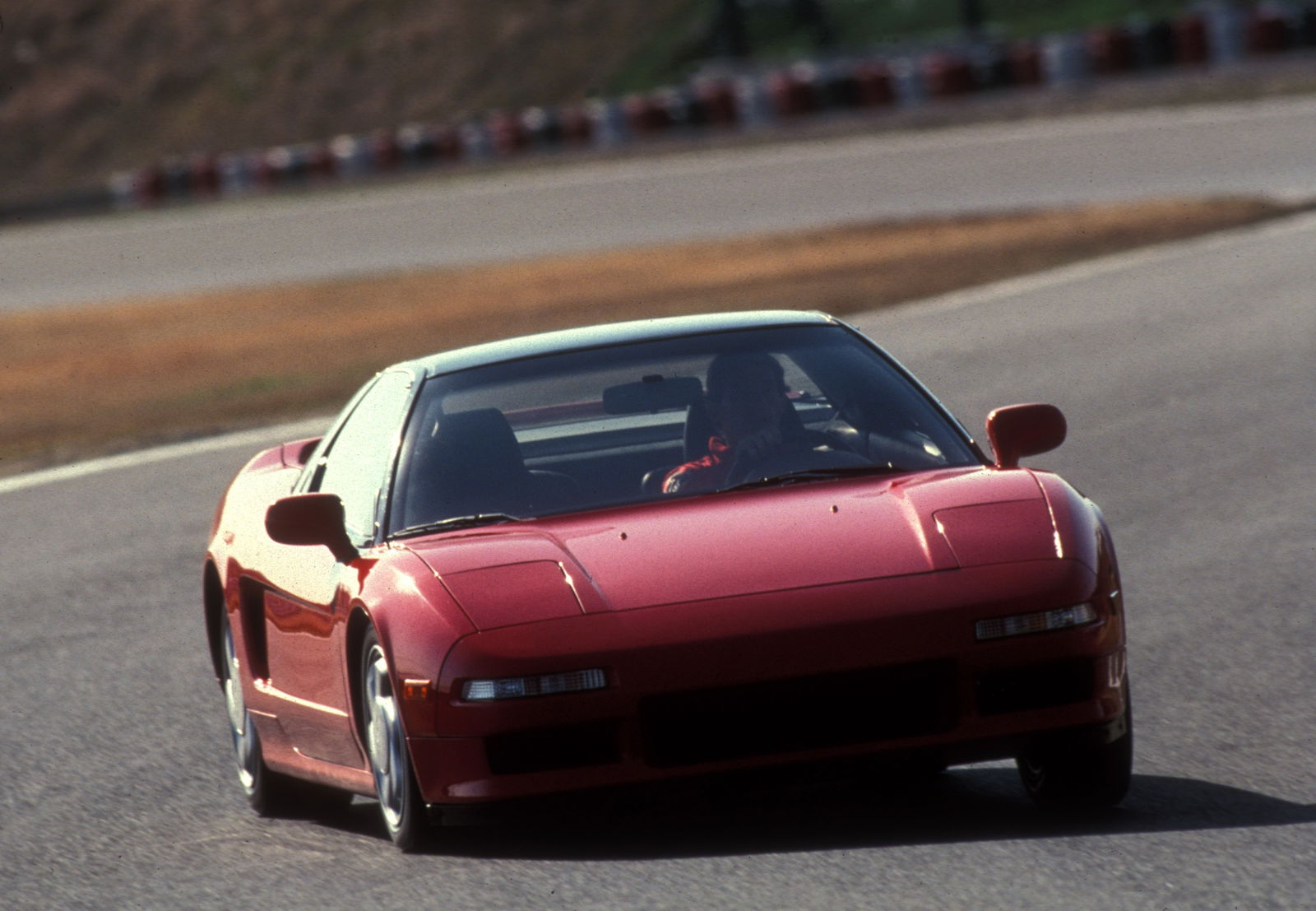
Production started in June 1990 and demand almost overwhelmed the supply across the globe. Originally, Honda planned to build 25 cars a day, but that doubled within a year. A rapturous reception from the motoring media only furthered its appeal, as it won group tests galore despite often being the cheapest car in the line-ups. When legendary designer Gordon Murray drove the NSX, while he was considering the design for a road car of his own, it immediately formed the benchmark for performance that eventually led to the McLaren F1.
In November 1992, the NSX Type-R was unveiled, also known as the NSX-R. Further lightened by a considerable 120kg, thanks to the removal of insulation and the inclusion of extra aluminium, it had lowered, reworked suspension and lightweight Enkei alloy wheels, as well as a Momo steering wheel that ditched the airbag. Even the radio and aircon were jettisoned (although you could add them back on as options).
However, by this point demand was dropping – not because the car was bad, but because the economy was taking a turn and fuel-thirsty sports cars were no longer a top priority for customers. Production dropped and prices soared.
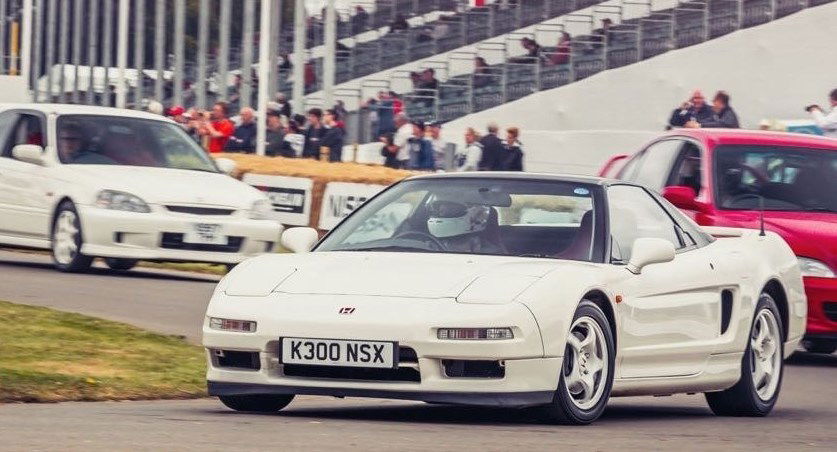
A revamp was needed. In 1996 USA buyers were offered the softer NSX-T with a folding targa roof, which gave a small shove to sales, but it wasn’t enough. So in 1997 a major update arrived, with lighter components and a new 3.2-litre engine (as long as you had a car with a manual gearbox). There was a small power boost and a tweak to the gearing too, as well as revised power steering and bigger brakes.
That same year saw the introduction of the JDM-only NSX Type-S. With the NSX Type-R discontinued by this time, the Type-S bridged the gap between that hardcore model and the base NSX. It ditched traction control and cruise control, which contributed to a big weight saving, and featured Recaro seats and a titanium gearknob. Another variant, the NSX Type-S Zero, added stiffer suspension and jettisoned the sound system, aircon and soundproofing for an even lighter, more hardcore experience.
In 1999, the US market got what was basically its own Type-S. The NSX Zanardi was named in honour of Alex Zanardi, who had won the CART titles for the previous two years. Only 51 were made, which makes it one of the rarest and therefore most desirable NSXs you can buy today.
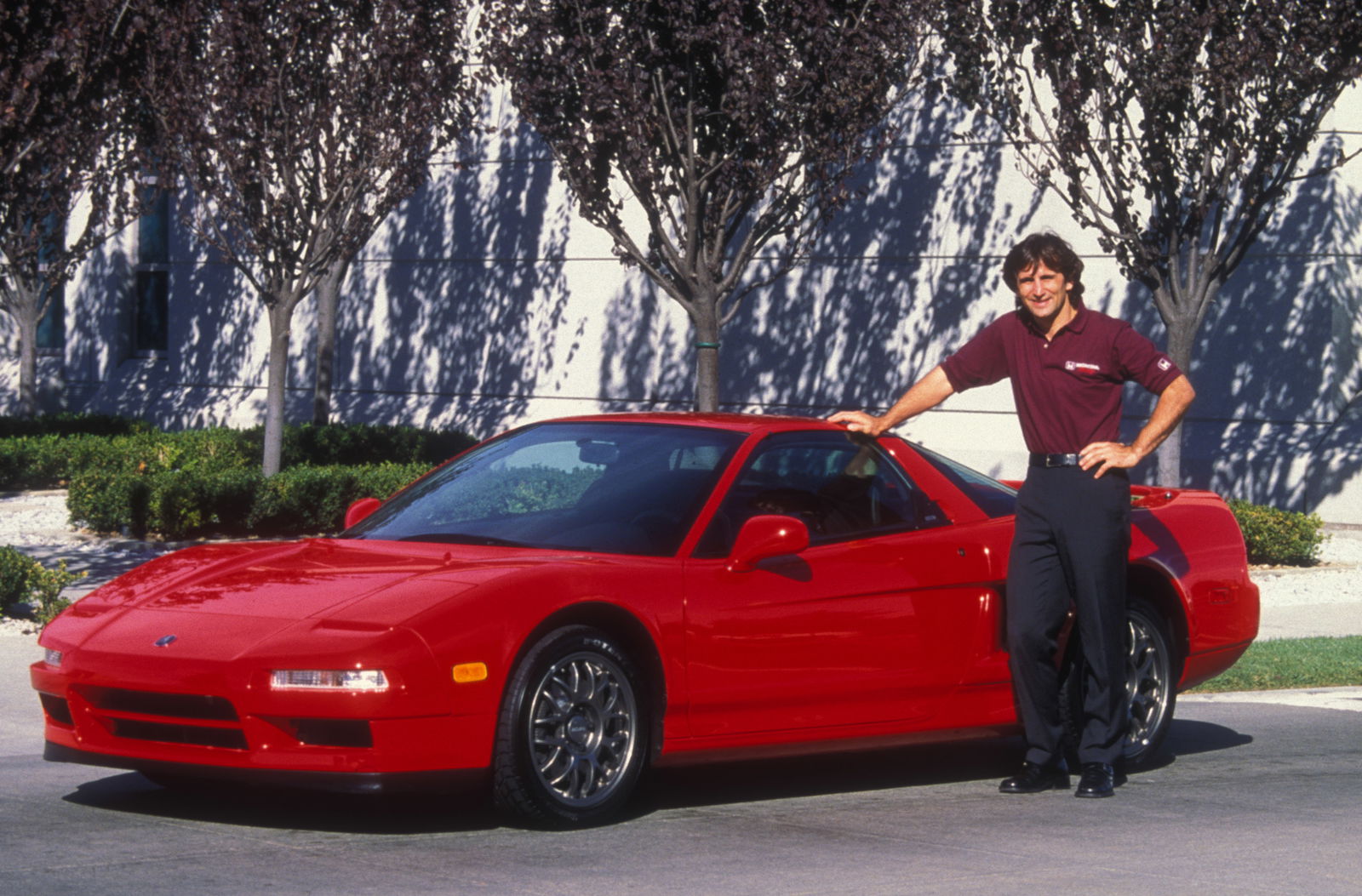
Still, by this point the sports car market wasn’t what it was. A big change was needed.
Honda NSX (2002)
OK, “big change” might be slightly overstating it. The “new” NSX, which was first revealed at the 2001 Tokyo Motor Show, was more of a heavy facelift than a ground-up redesign. Some 13 years after the first car arrived, the new NSX had new headlights, wider rear tyres, different spring rates on rear suspension, and that was about it. Still, after the mid-life updates that the car had already received, it was still very competitive against its rivals.
The NSX Type-R followed in mid-2002, with its carbonfibre bonnet and flat underbody for enhanced aerodynamics.
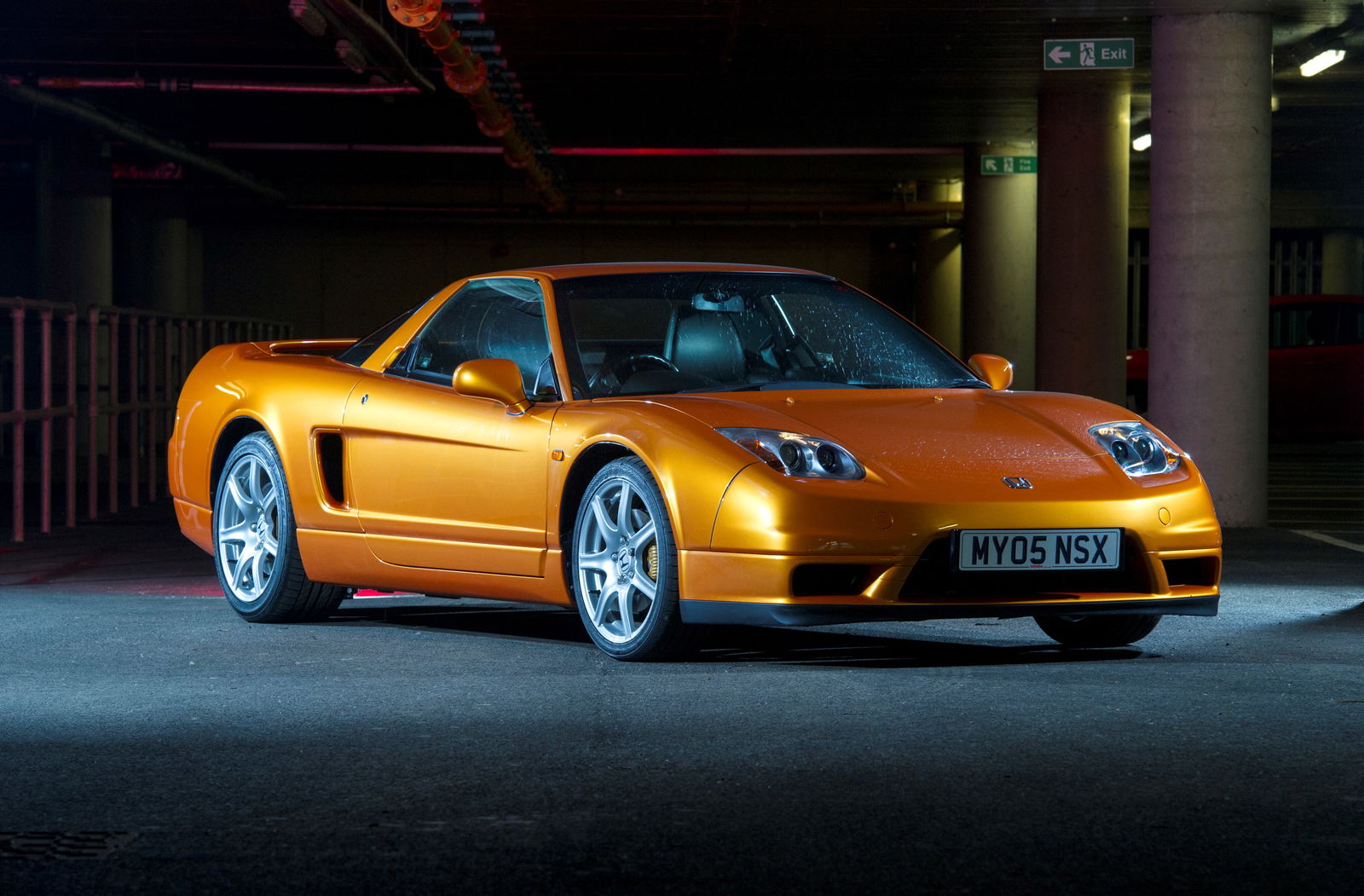
But the revamp wasn’t enough. In 2004 production moved from Tochigi to another factory in Suzuka, but the following year, the plug was pulled on the NSX. The final car – the NSX-R GT – was only built because of homologation rules for the Japanese Super GT series. Over a 15-year period, 18,896 cars had been made, but only 130 in 2005.
There followed what NSX fans probably refer to as the wilderness years. Various hints were made at an NSX return, including an Acura-badged V10-powered concept in 2007, which contained visual references to the original NSX. But while some promising test mules were seen hooning around the Nurburgring shortly afterwards (later to become Super GT race cars), the 2008 economic crisis nixed any plans for production.
Honda NSX (2016)
The NSX eventually returned after 11 years away. It had the same name and mid-mounted V6, but it was otherwise entirely different from its namesake.
Its reveal followed years of speculation that Honda was planning a new sports car, possibly with some type of electrification. After the world economy started to recover in the wake of the 2008 crisis, an all-wheel-drive concept car appeared in 2012, complete with a hybrid drivetrain – something new at a time before the likes of the Ferrari LaFerrari, Porsche 918 and McLaren P1 had been launched. A revised version of the NSX Concept was shown in 2013 and more details about a production car started to emerge.
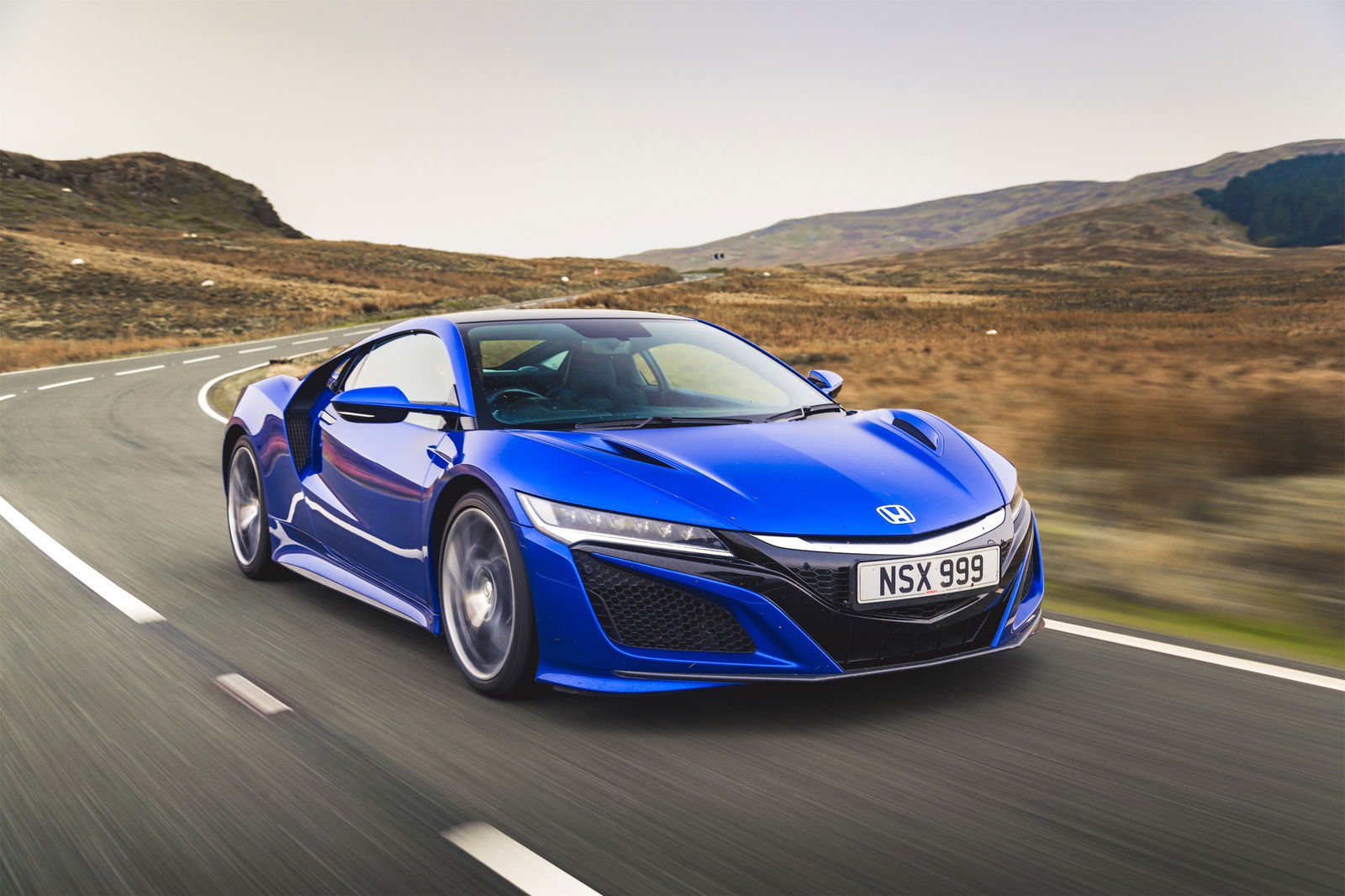
It was developed not just in Japan, but with Honda’s USA division in Ohio – the Japanese developed the powertrain while the Americans worked on everything else. Many of the team working on the car had previously worked on Honda motorsport projects. The new project was developed not as an evolution of the original NSX but as a whole new car, albeit one influenced by the same core ethos of the first car.
Ted Klaus, the project leader, had worked for Honda since 1990 and was therefore well aware of the importance of the original car to the company. He said that the aim for the new NSX was to make not a supercar, but a sports car that became “an extension of the driver”. Ergonomics and visibility were top priority, with accessible performance on every road and for any driver. In the hands of an expert, however, “it should come alive,” Klaus told Automotive World when the car was released.
As the original car pioneered new automotive technology, Honda’s engineers looked very much at the cutting edge. The powertrain was originally to be a naturally aspirated V6 but it was soon clear that it would not be possible to get the performance needed. So a new engine was commissioned – a twin-turbo 3.5-litre V6 – and it was mated with three electric motors. Combined, they made 573bhp and drove all four wheels through a nine-speed dual-clutch transmission (the first such system installed in a production car) with an integrated limited-slip diff.
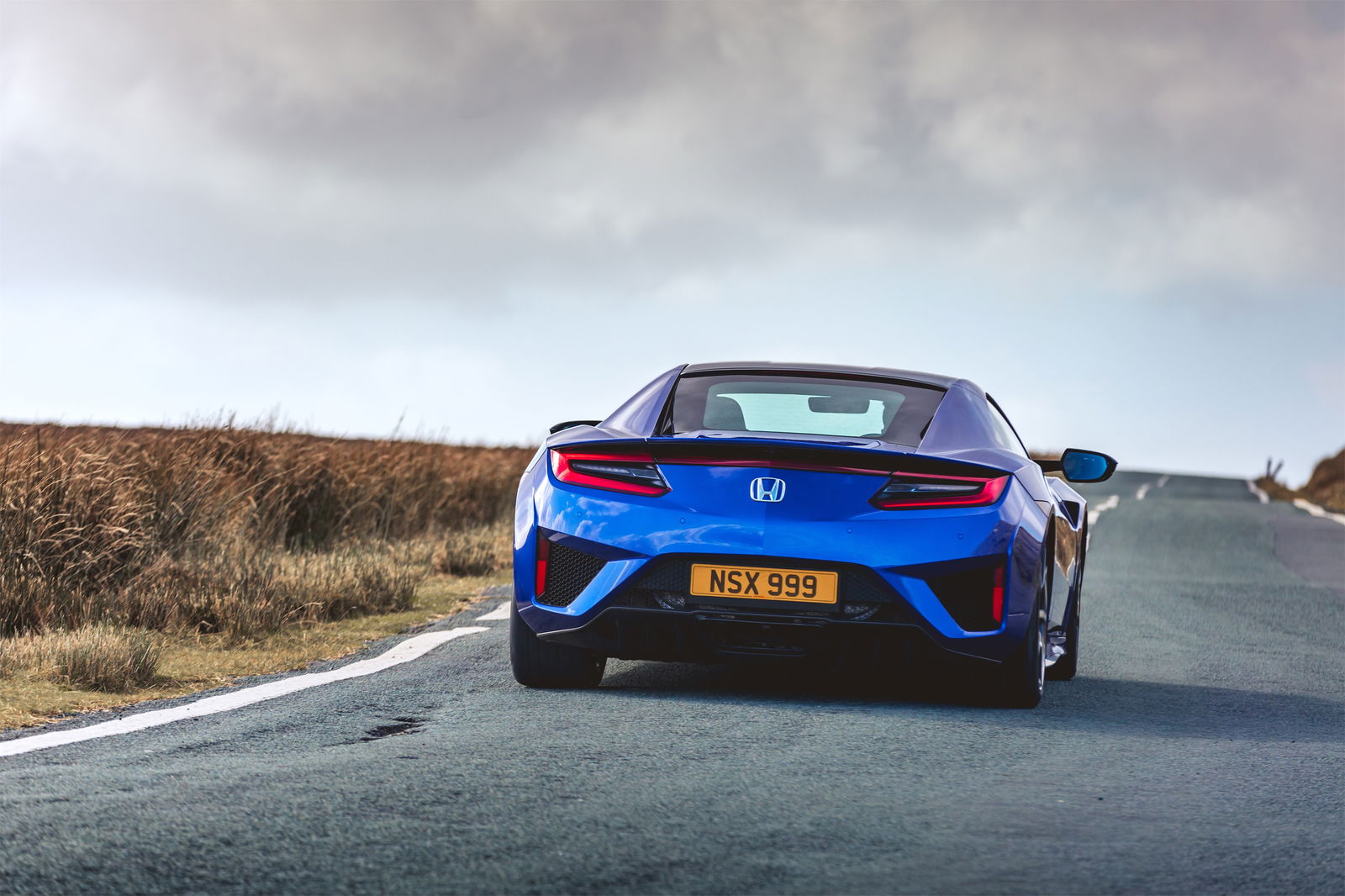
The powertrain was dropped into a space frame, made mainly of aluminium, with body panels made of aluminium and composite and carbon fibre floor panels. Honda claimed that the NSX had a lower centre of gravity than any of its competitors, and magnetic dampers helped further improve its handling.
The reviews of the new NSX were enthusiastic. Its ability to use everyday in comfort was praised, as was its ease of driving at speed, but reviewers noted that it lacked the final polish and focus of its top rivals – it seemed to lack an identity, taking bits from various competitors to create a very accomplished car, but one that struggled to stand out from alternatives.
A 2019 update tweaked the suspension to add extra stiffness, and new tyres from Continental and Pirelli were offered, too. But the new NSX failed to set the world on fire in the way that the first model had. Sales were sluggish and in 2020, production for Japan, Australia and Europe was halted.
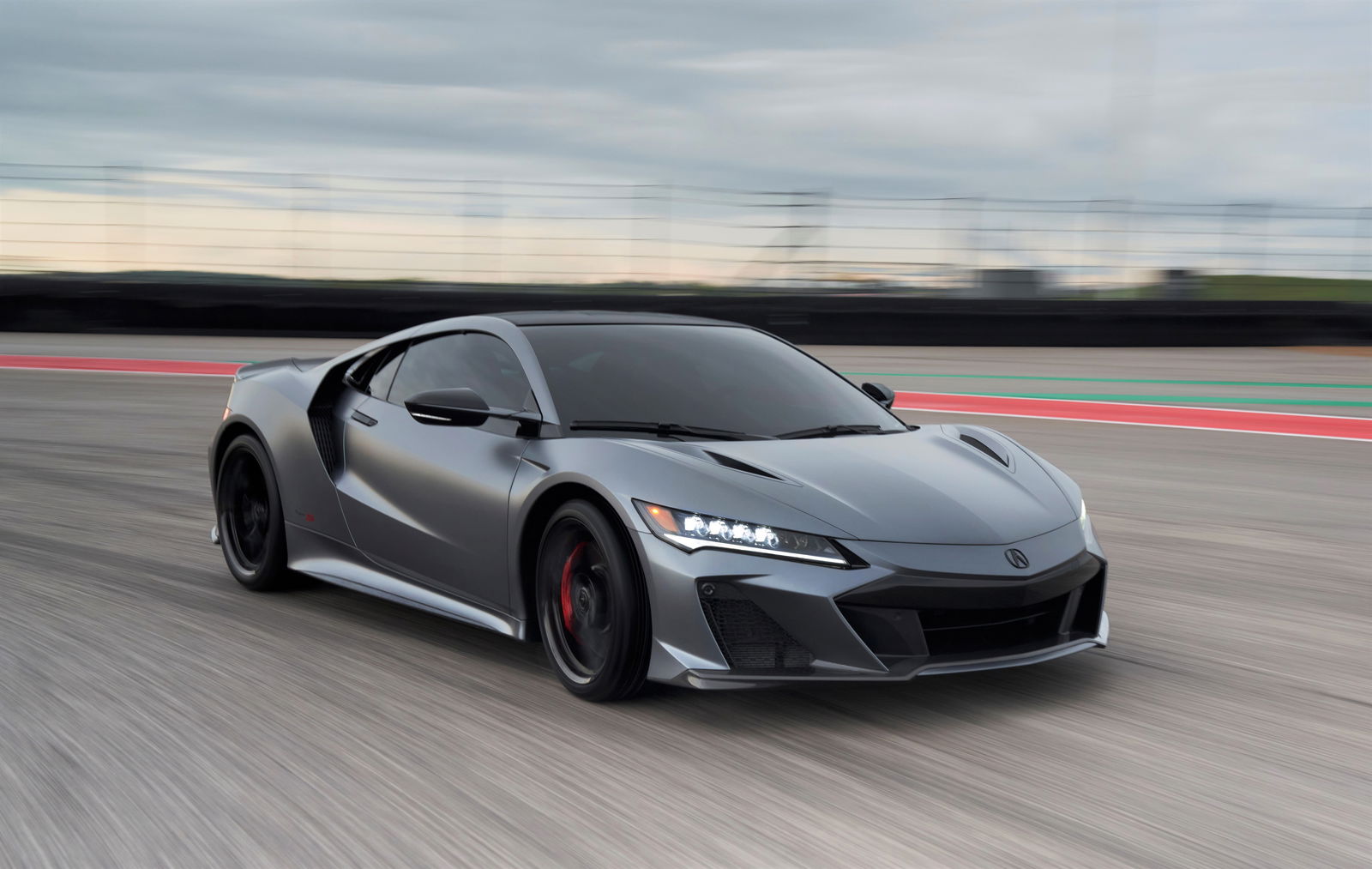
At the end of 2021 Honda stopped making the NSX, save for a limited run of Type S models. This was a run-out model with power upped to 602bhp thanks to new turbos taken from the NSX GT3 Evo race car. The transmission was also tweaked, and there were bodywork changes to improve downforce and cooling. Only 350 NSX Type S models were made, and that was that. By the end of 2022, the NSX was dormant once again.
The future
Despite the relatively small impact of the most recent NSX, the name is unlikely to be dead in the water and we may not have to wait another 11 years for a new one.
Honda bosses have already said a new version is in the works, but this time it’ll likely be all-electric. Further details aren’t known, although the arrival in 2023 of the Acura Performance Electric Vision Concept (Acura being Honda’s north American luxury brand) could be interpreted as a heavy hint at its likely direction.
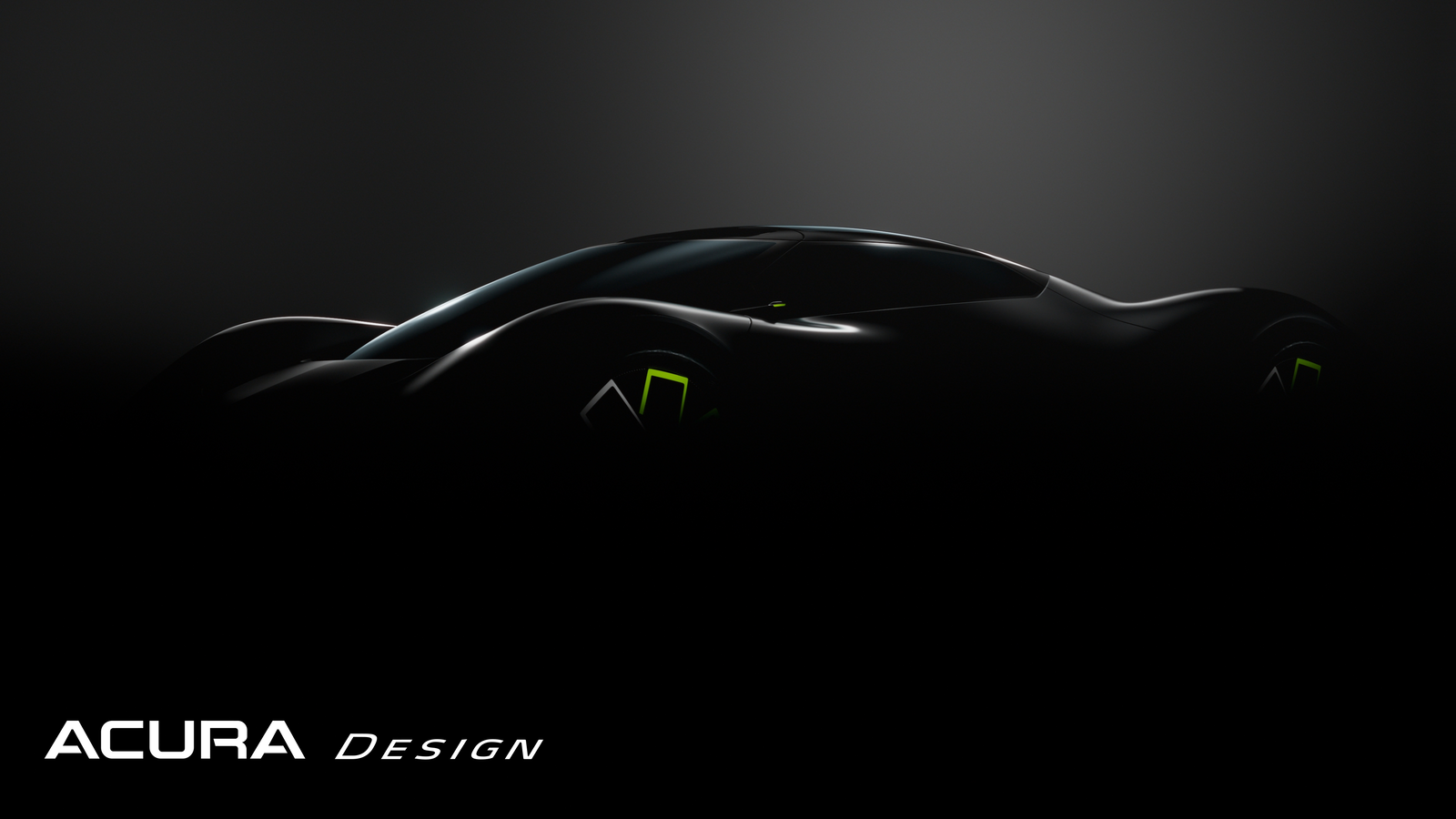
All that means that the legend of the Honda NSX is still being written, and we’ve got our fingers crossed that it’ll continue to push the boundaries of what a driver-focused sports car can be.
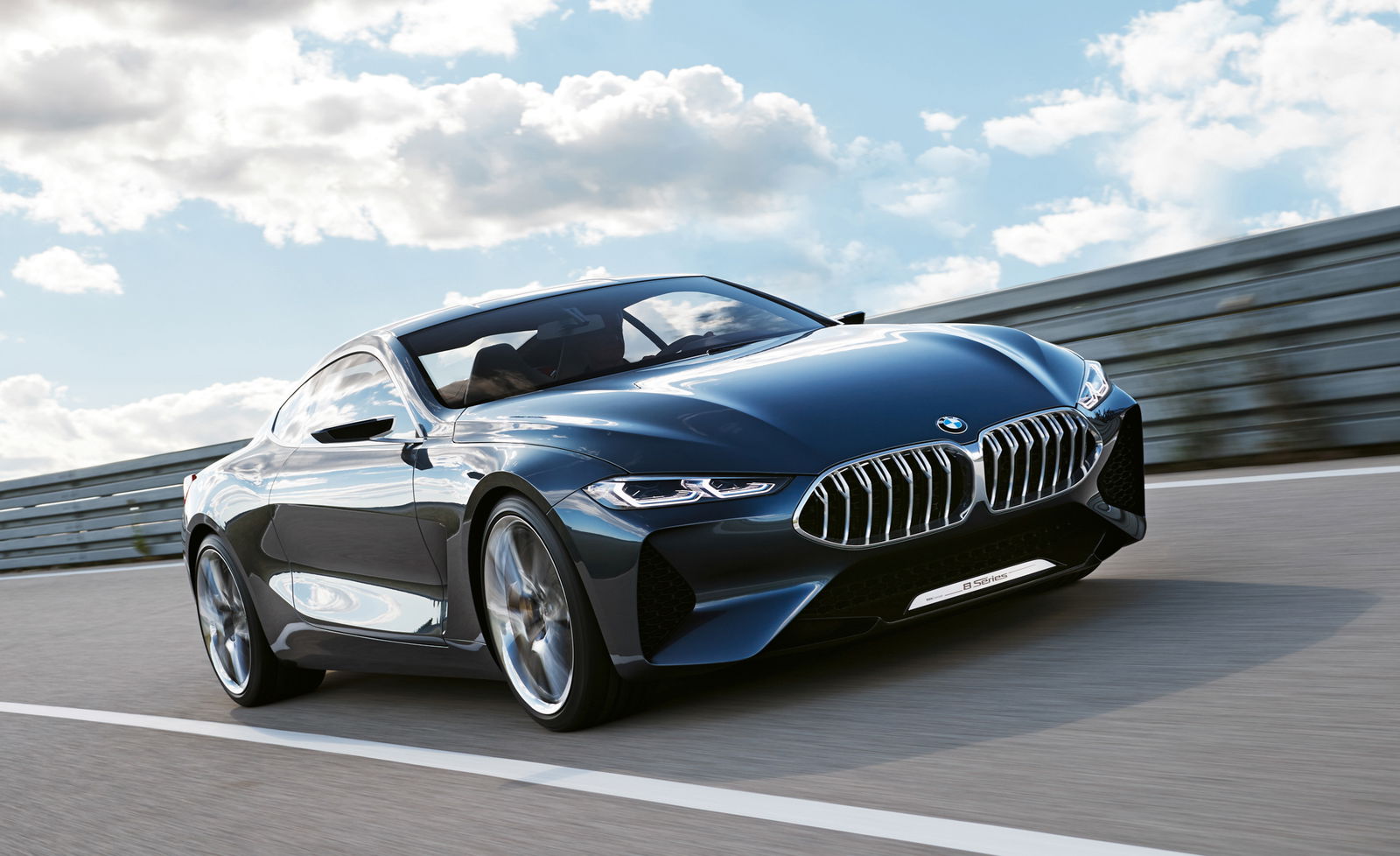

Comments
Sir GT-R
JDM_Doge II (Snoop Doge) NSX NSX NSX
This blogpost is absolutely bonkers, and very well written too. MattRobinson I really think this deserves an Editors’ Pick
Wow! Amazingly written and plenty of good content!
Matt Robinson the truly deserves editors pick
MattKimberley KyleAshdown
Good job man! I actually never knew there was a hybrid NSX racecar before the HSV and NC1 NSX. The first gen facelift NSX is my dream car.
My favourite JDM hero of the 90s. Awesome article!
AAAAAAAAAAAAAAAAAAAAAAQAQQAAAAAAAHAHAHAHALALASLWOAL NSXXXXXXXXXX
Handling is spelt incorrectly
Dude this the best blog about the NSX!!!!!
Pagination